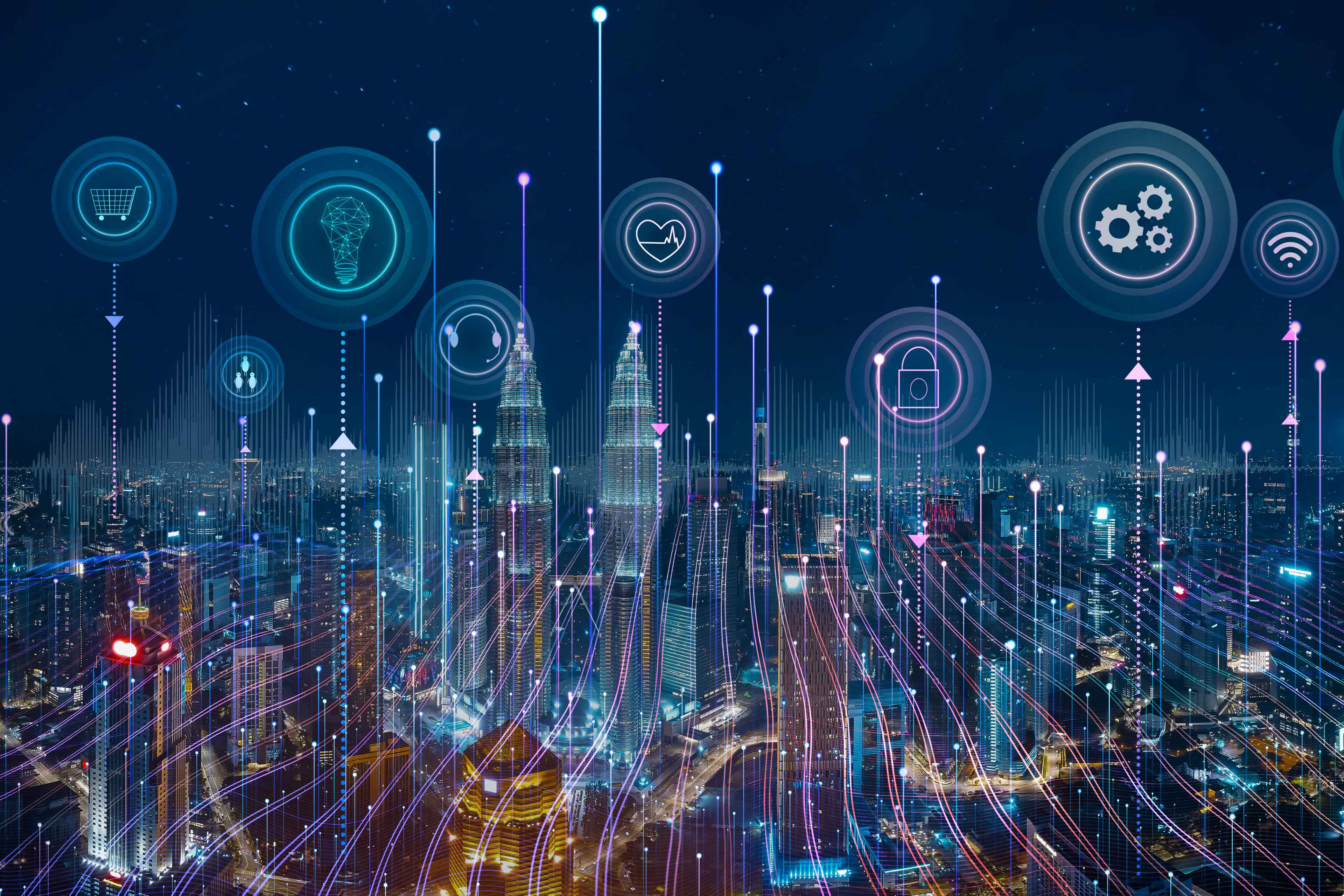EY refers to the global organization, and may refer to one or more, of the member firms of Ernst & Young Global Limited, each of which is a separate legal entity. Ernst & Young Global Limited, a UK company limited by guarantee, does not provide services to clients.

In this podcast, Alexy Thomas, Partner, Technology Consulting, EY India, talks about how we can make data centers sustainable and the measures being taken globally to improve data center sustainability.
Podcast
episode 02
Duration
7m 27s
Podcast host Silloo Jangalwala, Associate Director, BMC, speaks to Alexy Thomas from Tech consulting at EY India about the importance of looking at a company’s datacenters and reducing their power consumption using AI and automation, therefore achieving ESG goals.
Background: Datacenters are not just storage rooms of computers. They contain complex arrangement of power equipment, water treatment facilities, and cooling systems. These ensure that computers can operate smoothly round the clock. Therefore, datacenters need a lot of power to run. Using AI and automation, we can considerably reduce the power consumption, and therefore make datacenters greener and more sustainable.
Key takeaways
- The more powerful the datacenter, the more heat it generates, thus requiring more energy for its cooling systems.
- The top priority for datacenters is going to be reducing power consumption and becoming more sustainable and socially responsible.
- The capacity of datacenters in India is expected to increase five-fold in the next 5 years.
- The energy consumption by datacenters is going to double every 4 years. The sector now accounts for up to 4% of total greenhouse gas emissions globally.
- AI solutions can provide predictive maintenance, improve security, automate routine activities, and reduce workforce requirements. AI can monitor server performance, network congestion and disk utilization and predict data outages in datacenters.
The International Energy Agency states that datacenters account for around 1% of the global electricity demand. You know, with digital transformation across sectors gaining momentum, demand for data services is rising exponentially. I've just seen that a rating agency predicts that the capacity of data centers in India will record a fivefold increase in the next five years. This growth in data center market means that there will be more demand for power, datacenter space, and of course, skilled manpower.
For your convenience, a full text transcript of this podcast is available on the link below:
If you would like to listen to our podcasts on the go:
How EY can help
-
EY ESG & sustainability services help organizations address investor concerns, enhance ESG reporting and performance with long-term sustainable strategies.
Read more -
EY India Climate & Decarbonization Services help organizations address physical and transition risks while adapting to market and regulatory shifts.
Read more -
Drive business growth with technology transformation solutions at EY - integrating tech, operations & architecture to build agile, data-driven organizations
Read more -
Analytics consulting services at EY offers data analytics insights, analytics-as-a-service, strategy & data consulting to drive growth & manage risk.
Read more -
Streamline ESG reporting with EY’s ESG Compass. Explore ESG solutions, tools, dashboards, and fact sheets to enhance sustainability and compliance.
Read more -
EY India Climate & Decarbonization Services help organizations address physical and transition risks while adapting to market and regulatory shifts.
Read more
Related articles
Water 4.0: digital journey of water
Discover how digital applications - AI, sensors & data analytics help industries & governments manage their water treatment plants and distribution networks.
How AI and automation make data centers greener and more sustainable
Data centers globally are leading the charge in green technology adoption. Learn more about Here's how data centers are going green using AI.
Synthetic data: fake is the new real
Synthetic data is a class of data that is artificially generated. Learn more about synthetic data in AI.






